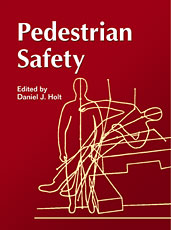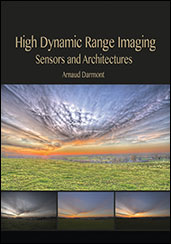Book

Pedestrian Safety
2004-01-01
A recent research report released by the U.S. Department of Transportation's National Highway Traffic Safety Administration (NHTSA) has stated that almost 175,000 pedestrians died on U.S roadways between 1975 and 2001. It was also noted in the report that 12% of all deaths related to motor vehicle crashes in the country are pedestrian fatalities. Most of the safety technology to date in vehicles has been applied to protect the occupants in the vehicle. What can vehicle manufacturers do to reduce pedestrian fatalities?







